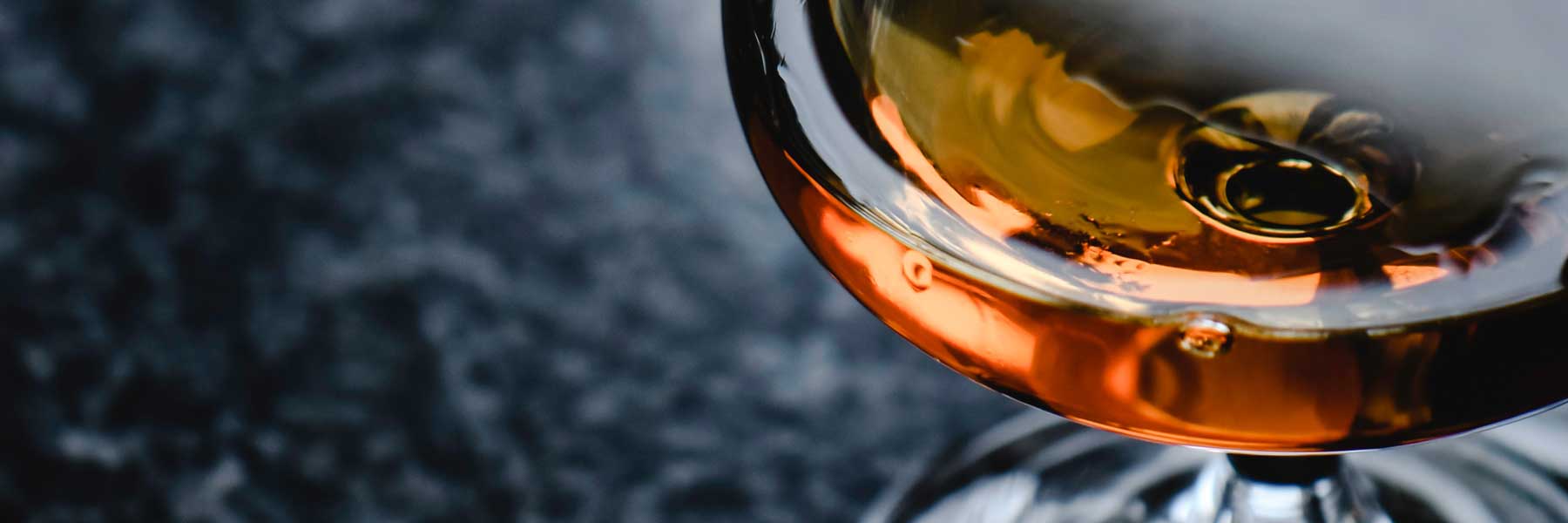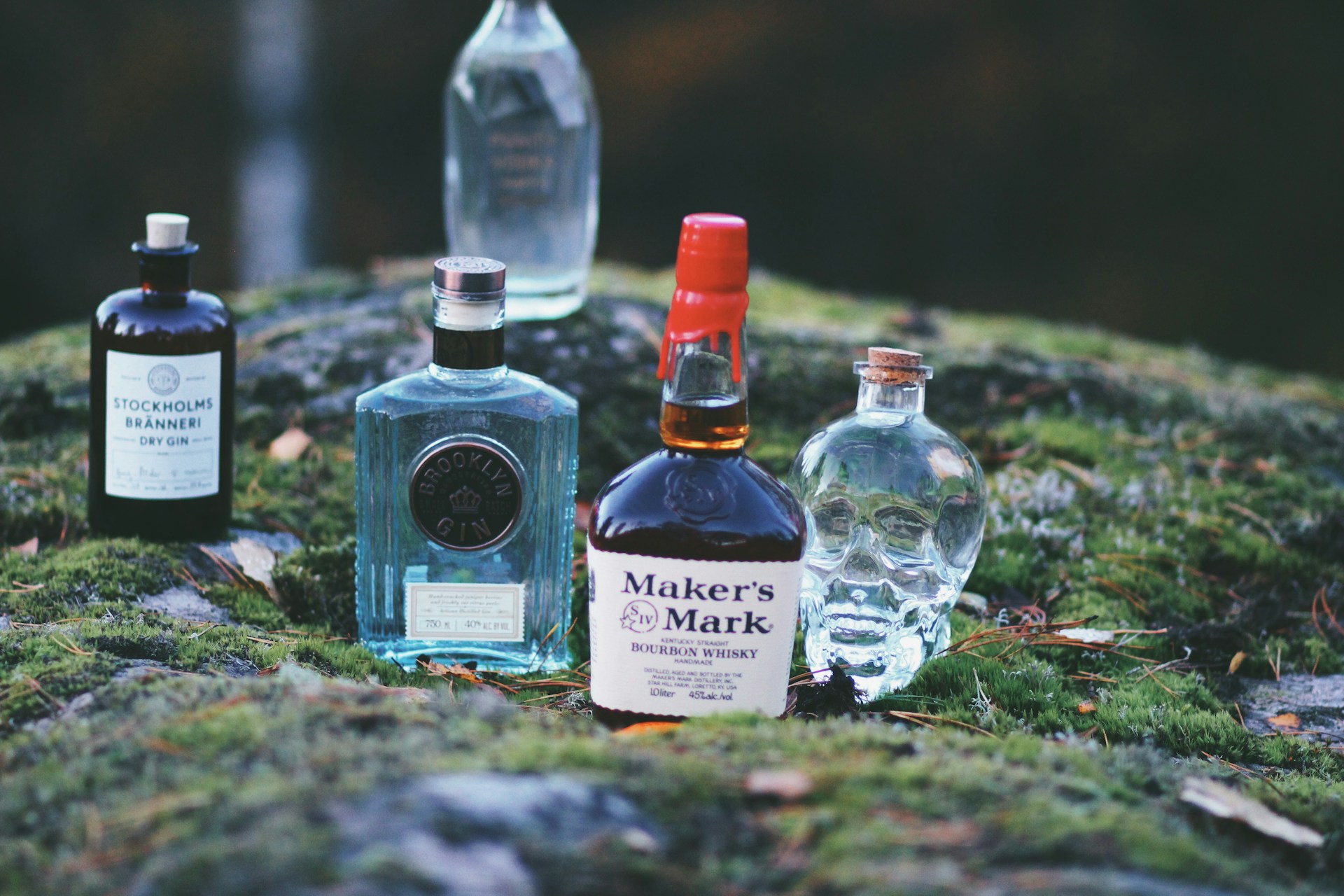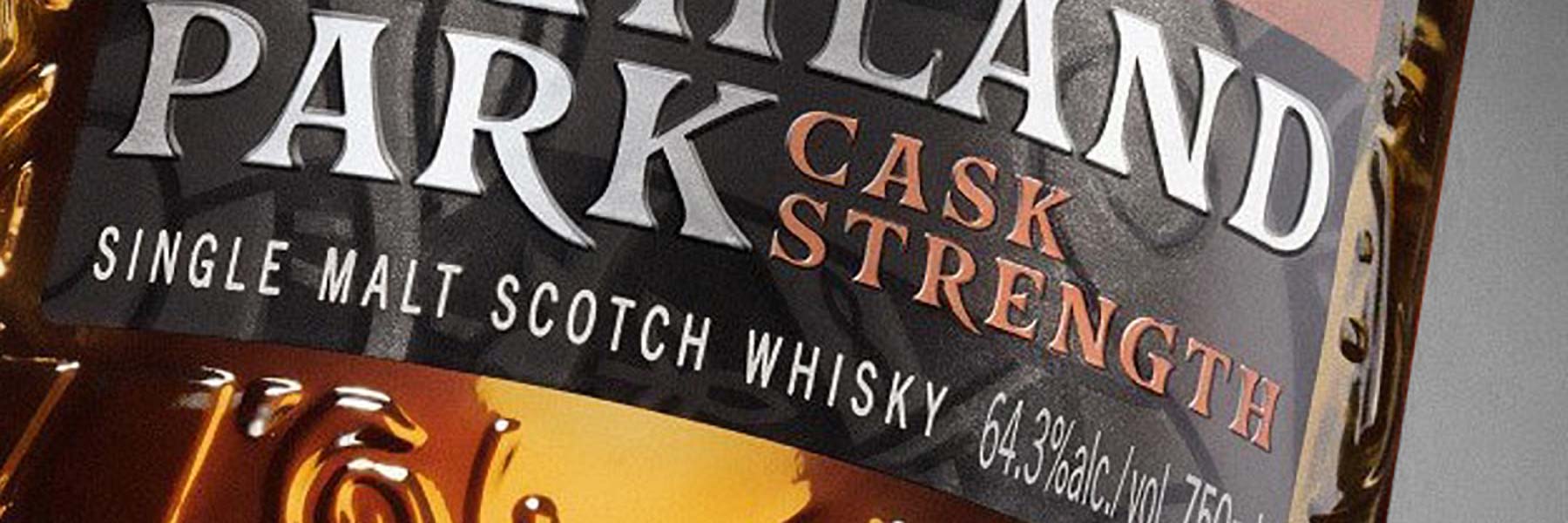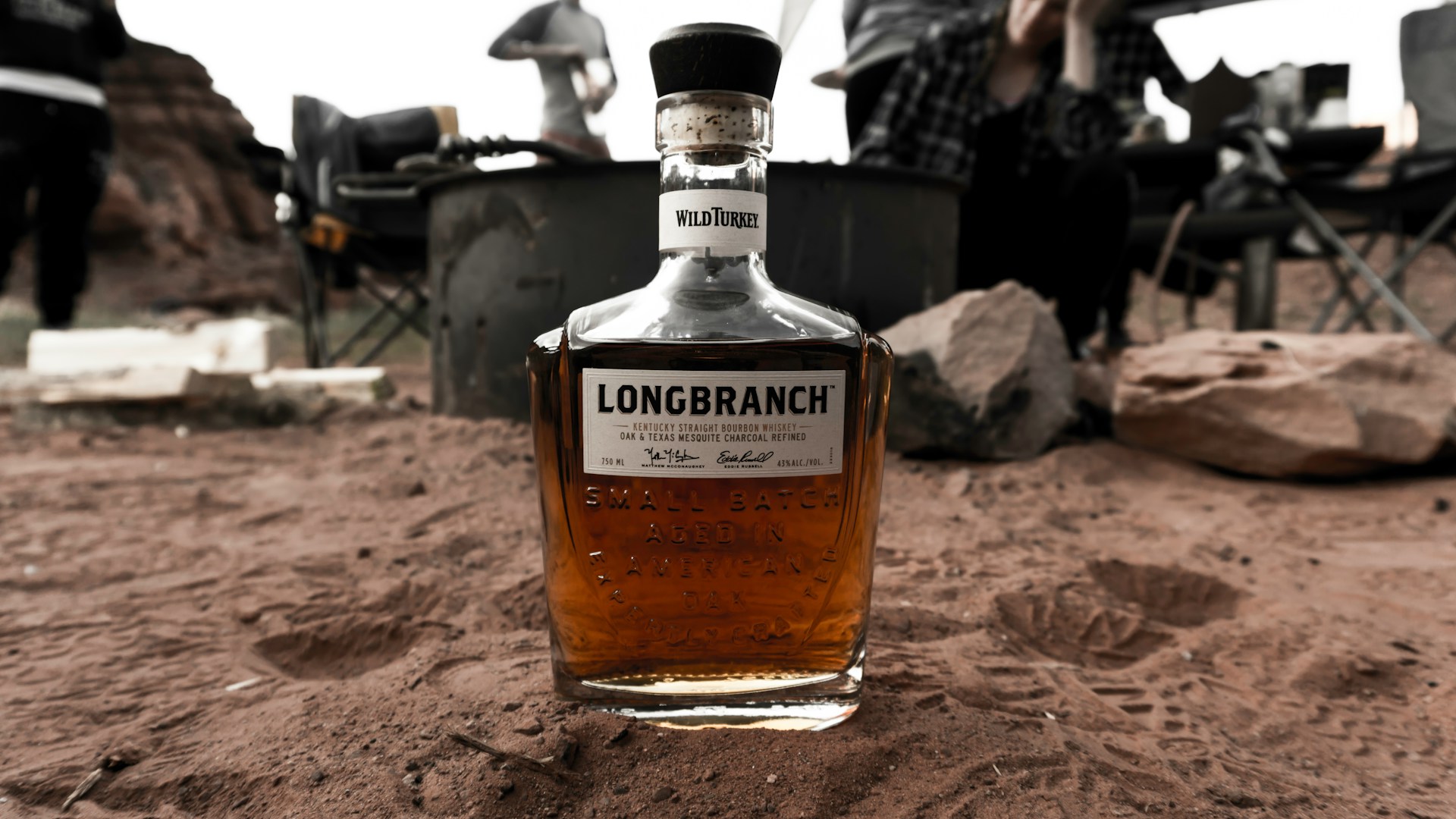Irish Whiskey vs Scotch | What’s the difference?
Last updated on August 13th, 2024
Do you know the difference between Irish whiskey vs Scotch whisky?
If not – you’re not alone. Many people are confused about the differences between these two popular types of spirit.
In this article, we’ll explore the key characteristics that set Irish whiskey and Scotch apart. We’ll look at their key differences in origin, ingredients, production methods, aging processes, and more to help you understand how they differ. By the end of this article, you’ll have a better understanding of how to distinguish an Irish whiskey from a Scotch whisky.
Let’s dive right in.
What’s the difference between whiskey and Scotch?
The main difference between Irish whiskey and Scotch is their origin. Irish whiskey is strictly produced in Ireland whilst Scotch is only made in Scotland. Depending on the specific type of whiskey or whisky being made, they each have their own unique characteristics which we’ve listed for you further below.
Another key difference is their spelling. Whisk(e)y with an ‘e’ is the Irish and also American version. Whisky without an ‘e’ is the Scottish, Canadian and Japanese iteration. Next time you’re observing a bar or restaurant sprits menu, whiskeys with an ‘e’ will most likely be Irish or American with a few exceptions. (More on that below.)
Is Irish whiskey and Scotch made the same way?
No. Irish whiskey is commonly triple-distilled. This yields a higher alcohol content (ABV) giving it a smoother mouthfeel and typically ‘lighter’ character. Whereas Scotch whisky is almost always double-distilled, resulting in a slightly lower ABV% but with slightly more flavour retention in the new-make distillate.
However, the ageing process for both types of whiskies is very similar. Irish whiskies are aged for a minimum least three years in casks made from American ex-bourbon barrels which add hints of woody spice flavours. Typical ages range from 3 to 12 years or longer in some cases.
Similarly, Scotch whisky must be aged for at least three years and one day (in case it’s a leap year during the minimum maturation period). This is also done in casks made from ex-bourbon barrels before it can be sold legally as single malt whisky, with many brands opting for longer aging periods ranging from 10 to 25 years or even longer.
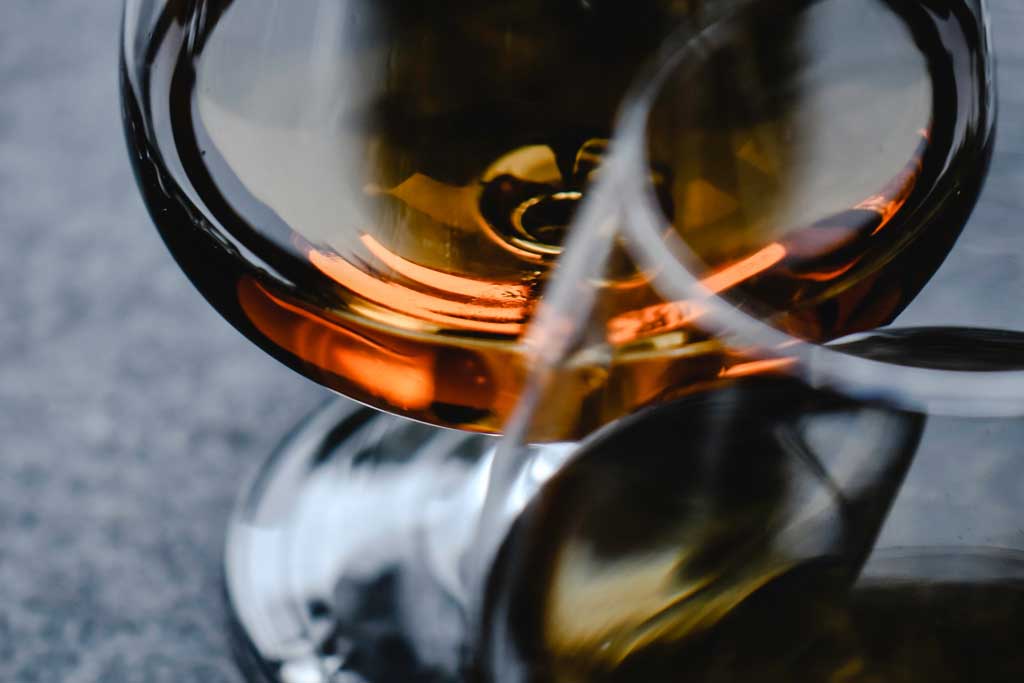
Types of Irish whiskey vs Scotch whisky
So far, we’ve mentioned the basic differences between Irish whiskey vs Scotch whisky. But you might be curious about what separates a single malt from pot still, or a single grain from a blend. For a deeper dive into these sub-types, click any of the definitions below.
Types of Irish whiskey
- Single Malt Irish Whiskey
- Single Pot Still Irish Whiskey
- Single Grain Irish Whiskey
- Blended Irish Whiskey
- Poitín
Types of Scotch whisky
- Single malt Scotch whisky
- Single grain Scotch whisky
- Blended malt Scotch whisky
- Blended grain Scotch whisky
- Blended Scotch whisky
- Cask finished Scotch whisky
- Cask strength Scotch whisky
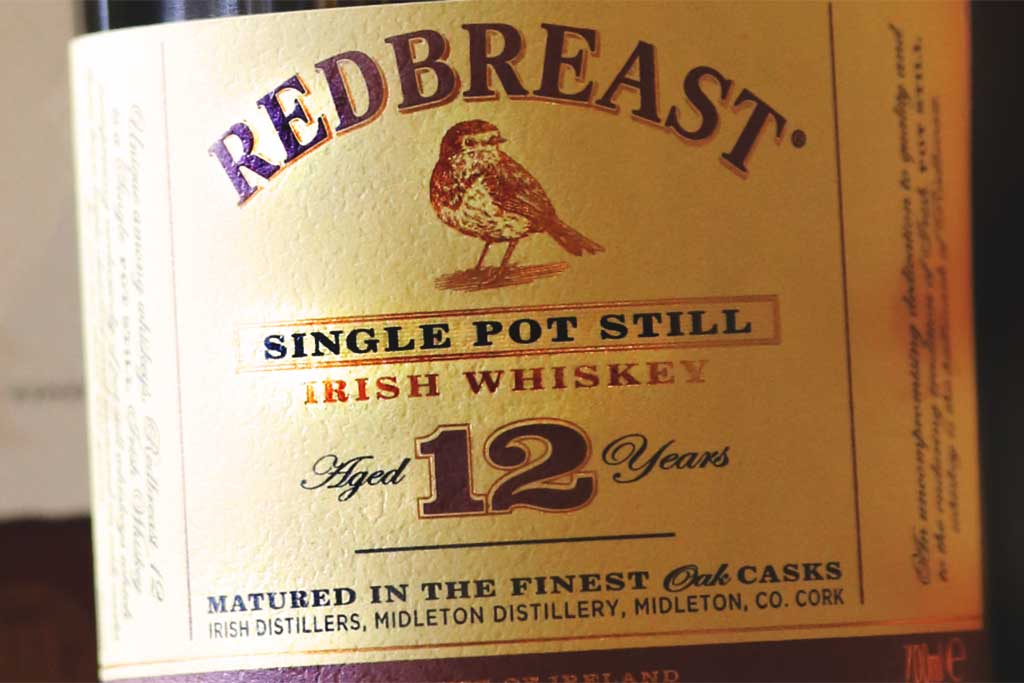
Irish whiskey
Single Malt Irish Whiskey
Whisky made by a single Irish distillery using 100% malted barley, water and yeast using traditional pot stills. Single malts can be peated or unpeated (depending on the malt being used) and must be aged for a minimum of three years oak casks.
Detailed blog post: What is Single Malt Irish whiskey?
Single Pot Still Irish Whiskey
Whisky made by a single Irish distillery using a minimum of 30% malted barley and 30% un-malted barley, water and yeast using traditional pot stills. The remainder of the mash may consist of other un-malted cereal grains such as rye, maize or wheat. Single pot still whiskey is unique to Ireland only, which can be peated or unpeated (depending on the malt being used). It must be aged for a minimum of three years oak casks.
Until 2011, single pot still whiskey was formerly known as pure pot still whiskey until the American Tax and Trade Bureau (TTB) objected to the term ‘pure’ for imported food and drink. Since then, Pot Still whiskeys from a single Irish distillery are now prefaced as ‘single’ instead of ‘pure’.
A good example of a singe pot still Irish whiskey is Redbreast 12 made by the Midleton distillery in County Cork, Ireland.
Detailed blog post: What is Single Pot Still Irish Whiskey?
Single Grain Irish Whiskey
Whisky made by a single Irish distillery primarily using other cereal grains such as wheat, rye or maize (corn) with a small addition of malted barely. Grain whiskies are usually distilled using column stills which yield higher ABV% but less flavoursome distillates than pot still spirits. Single grain Irish Whiskey must be aged for a minimum of three years in oak casks.
Detailed blog post: What is Single Grain Irish Whiskey?
Blended Irish Whiskey
Whisky made by either a single or multiple Irish distilleries using two or more single malts, single grains or both. Blended Irish whiskey is by far the most common type of whiskey made in Ireland and is usually a mixture of several malt and grain whiskies. As usual, the minimum age of any whisky within the blend must be three years, made by an Irish distillery.
Detailed blog post: What is Blended Whiskey?
Poitín
Prounounced ‘pot-cheen’, Irish Poitín is a traditional style of Irish moonshine made from potatoes instead of malted barley. Although it’s not a whiskey, poitín is known for its high alcohol content, usually between 50-90% ABV, and is typically unaged and clear in colour.
Historically (and to this day), Poitín is illicitly made as a means of avoiding taxes. In recent years, it’s been produced legally by established distilleries as an alternative spirit, similar to that of American ‘Whitedog’ or moonshine. Poitín isn’t widely known outside of Ireland, but it persists as a prolific ‘home brew’ style of illicit distillation.
Detailed blog post: What is Poitín?
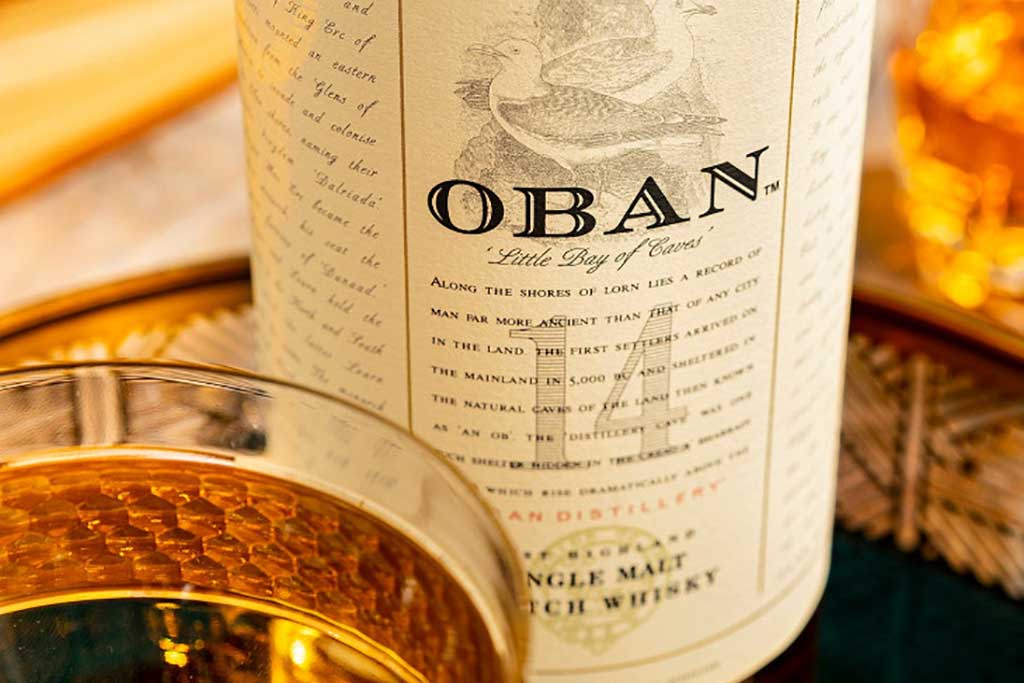
Scotch Whisky
Single malt Scotch whisky
Whisky made by a single Scottish distillery using only malted barley, water and yeast using traditional pot stills. Single malts can be peated or unpeated (depending on the malt being used) and must be aged for a minimum of three years and one day in oak casks not exceeding 700 litres.
The minimum alcoholic strength for single malt Scotch is 40% (80 proof) though many distilleries produce their whiskies stronger than this threshold. (See cask strength whiskies below.)
It’s worth mentioning that single malts are often married with other single malts from the same distillery. Not to be confused with a Scotch blend, a 12 year old single malt may be married with other 12 year old whiskies from multiple casks, potentially including older whiskies too.
You might be wondering why this is done?
Well, whisky maturation varies vastly between casks – which gives very different colours and flavour profiles over the same ageing period. For consistency of flavour and colour, distilleries will ‘marry’ different whiskies from their reserves, to create a more consistent product.
For example, a 12 year old single malt may contain several other 12 year olds of different colours and flavours. Plus, it may also be married with some older single malts for further depth and complexity. However, the youngest single malt in the marriage will only ever be what’s stated on the bottle. I.e. 12 years old.
Detailed blog post: What is Single Malt Whisky?
Single grain Scotch whisky
Whisky made by a single Scottish distillery primarily using other cereal grains such as wheat, rye, millet, oats or maize (corn) with a small addition of malted barely. Grain whiskies are usually distilled using column stills which yield higher ABV% but less flavoursome distillates than pot still spirits. Single grain Scotch must be aged for a minimum of three years and one day in oak casks. Single grain Scotches can be aged and bottled as a stand-alone whisky or be used to make blended Scotch whiskies.
Detailed blog post: What is Single Grain Scotch Whisky?
Blended Scotch whisky
Whisky made by multiple Scottish distilleries using two or more single malts, single grains or both. Blended Scotch is usually a mixture of several malt and grain whiskies of varying ages and regions, carefully selected and curated by a skilled master blender to create a balanced mixture. For example, Johnnie Walker Black Label uses up to 40 different whiskies from all over the country to create a single blend recipe. As usual, the minimum age of any whisky within the blend must be three years, made by a Scottish distillery.
Detailed blog post: What is Blended Scotch Whisky?
There are however two further classifications of blended Scotch whisky which include blended malt and blended grain whiskies which are defined below.
Blended malt Scotch whisky
Whisky made by two or more Scottish distilleries using only single malts (excluding any grain whiskies). Blended malt whiskies must only be made from malted barley and be aged for a minimum of three years in oak casks. Johnnie Walker Green Label and Monkey Shoulder are great examples of blended malt Scotch whisky. These are more prevalent than their blended grain counterpart as defined below.
*Blended malt Scotch whiskies were previously called ‘Vatted Malts’ however this term is now no longer used.
Detailed blog post: What is Blended Malt Whisky?
Blended grain Scotch whisky
Whisky made by two or more Scottish distilleries using primarily cereal grains such as wheat, rye, maize (corn) millet, oats or un-malted barely. Blended grain whiskies may be a mixture of multiple grains from multiple distilleries but must be aged for a minimum of three years in oak casks.
*Blended grain whiskies always contain a small amount of malted barley to encourage proper fermentation during mashing. Enzymes from the malted barely provide fermentable sugars for the distiller’s yeast to feed on to create alcohol.
Detailed blog post: What is Blended Grain Scotch Whisky?
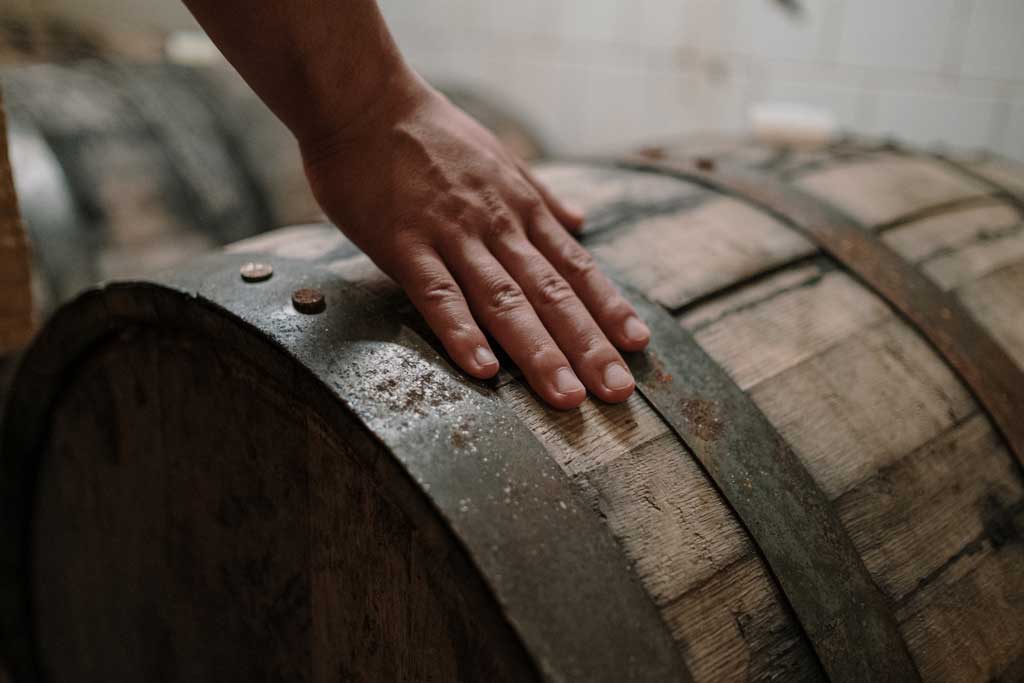
Cask finished Scotch whisky
To make matters more intricate, subtypes of single malts Scotch may include single, double or triple cask whiskies. These denote whiskies that have been made by a single distillery using malted barley but with particular maturation vessels using one, two or three casks.
What is single cask whisky?
Single malt, single cask whiskies refer to a single malt which has been matured in a single oak cask which hasn’t been married with any other single malts prior to bottling. Whiskies like these can vary vastly in colour and flavour, which is why a master distiller only selects exemplary casks which display the right characteristics suitable for a single cask bottling. As you can imagine, single cask whiskies will vary each time you buy them as no two casks provide the same result.
What is double cask whisky?
Single malt, double cask can refer to one of two whiskies. (1) A single malt which has been matured in a single cask then transferred to another for secondary maturation. (2) Two separate single malt whiskies from different single casks which are then combined and matured in a larger secondary cask.
Double cask whiskies are often ‘finished’ in barrels used for maturing other spirits, wine or even food. The most common are sherry or wine casks which imbue fruity, sweet or rich flavours to the whisky which cannot be achieved in the primary oak casks. ‘Finishing’ periods can vary between months and years, depending on the whisky.
A fine example of a single malt double cask whisky is the Balvenie Doublewood 12 year old. This fantastic Speyside whisky is first aged in oak ex-bourbon American oak barrels for 12 years before being finished in Spanish oak ex-Oloroso sherry casks for an additional 9 months.
What is triple cask whisky?
Single malt, triple cask can refer to one of two whiskies. (1) A single malt which has first been matured in an oak cask, then sequentially transferred to two separate finishing casks to impart further flavour and colour. (2) Three separate single malt whiskies from different single casks which are then combined and matured in a fourth larger cask. These can be anything from American white oak ex-bourbon barrels, Spanish oak ex-Oloroso sherry butts or European Oak ex-port wine casks.
Triple cask whiskies have the advantage of displaying complex flavours and aromas due to the influence from each different cask used during maturation. Each whisky maker chooses their own combination to create unique expressions for their customers.
If you’re looking to try an affordable triple cask whisky, the Aberlour Triple Cask 16 year old is an wonderful entry-level bottle to this genre. This charming triple matured whisky offers a unique combination of aromas and flavours including dried fruits, toasty malt, milky coffee, jammy dodgers and even custard creams.
Cask strength Scotch whisky
Single malt whisky which has been matured in oak casks for a minimum of three years and one day without the dilution of water. Typically, these whiskies typically have a high alcohol percentage, ranging between 50-80% ABV (100-160proof) depending on the strength of the new make spirit (distillate) produced.
This higher concentration of alcohol yields a fuller flavour and aroma profile of the whisky, resulting in a stronger, more robust taste. While cask strength Scotch whisky may not be for everyone’s taste, it can be enjoyed neat or with a splash of water to tame its potency. With its unique and intense flavour, cask strength Scotch whisky is often sought after by connoisseurs who appreciate its complexity, potency and nuanced depth.
Cask strength can be likened to the American equivalent of ‘barrel strength’.
Detailed blog post: What is cask strength whisky?
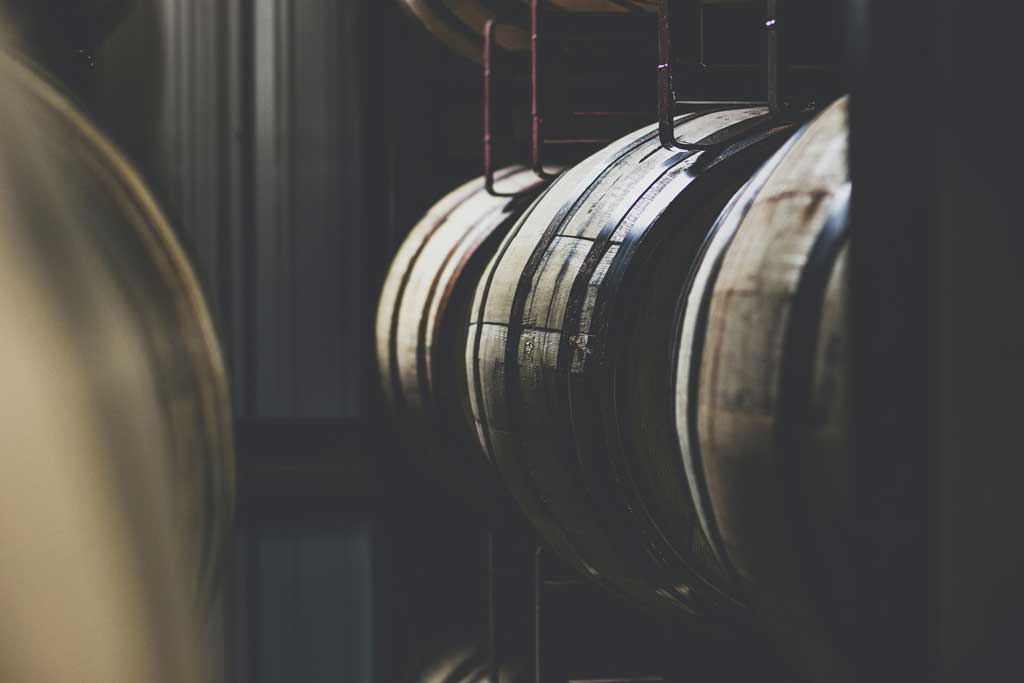
American whiskey and whisky
As mentioned in the introduction to this article, American whiskey is is almost always spelled the Irish way with a an ‘e’. However, there are a few exceptions. For example, Maker’s Mark and Old Forester both use the alternative spelling which refers to their Scottish ancestral roots.
In terms of market differentiation and branding, this spelling is relatively unusual but acts a ‘nod’ to each brands’ heritage and distillation traditions.
Wrapping things up
In conclusion, there are several key differences between Irish whiskey vs Scotch that set them apart – from their origin, ingredients, distillation methods and even how they’re aged. After reading this guide, hopefully you can make an informed decision when selecting your next whiskey or indeed whisky – whether it’s neat or served in your favourite cocktail.


